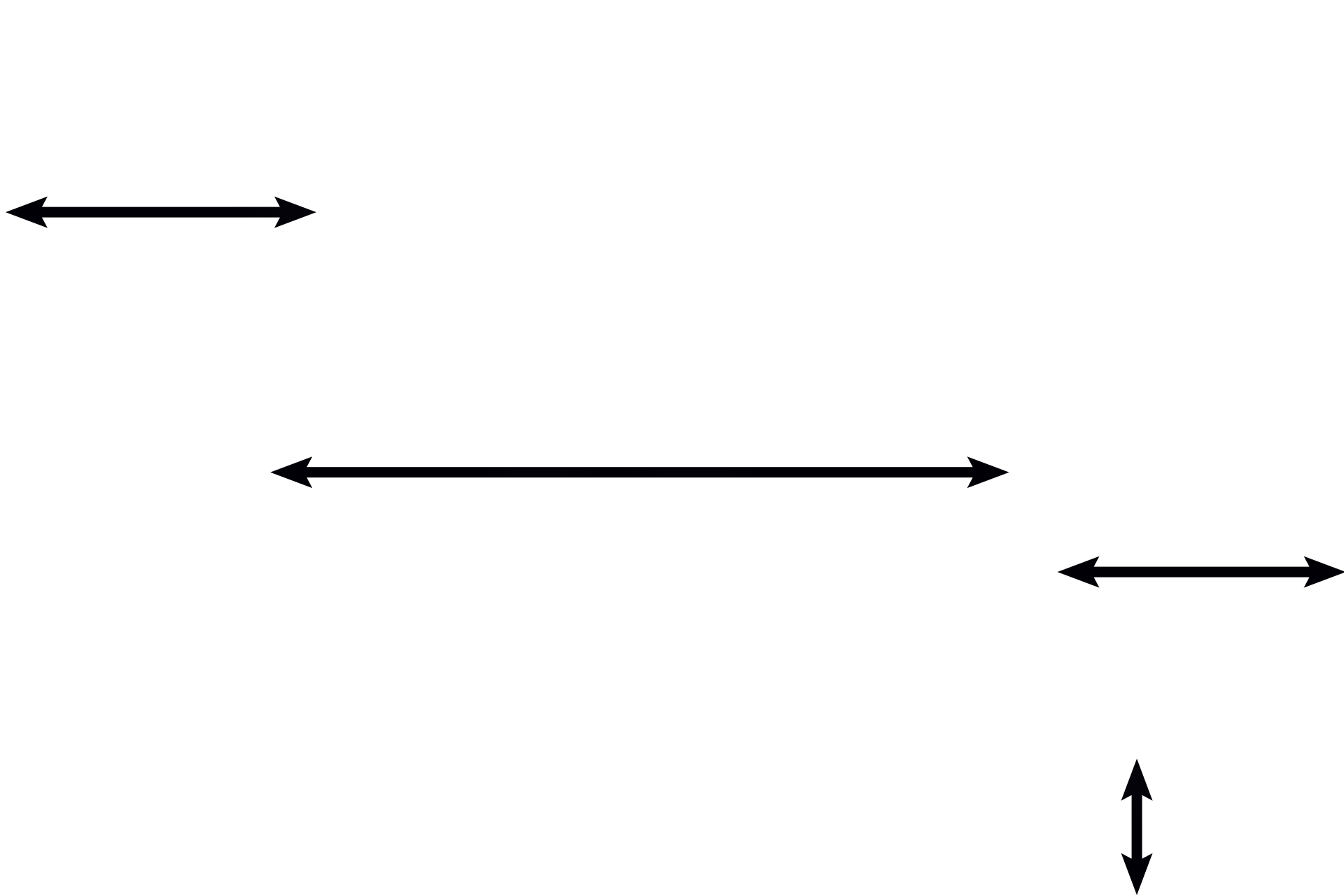
Alveolar duct
A single alveolus is seen attached to a pair of knobs forming part of the wall of an alveolar duct. An interalveolar septum separates adjacent alveoli. Capillaries bulge into an alveolus from the interalveolar septa, thus increasing the surface area for gaseous exchange. 1000x

Knobs
A single alveolus is seen attached to a pair of knobs forming part of the wall of an alveolar duct. An interalveolar septum separates adjacent alveoli. Capillaries bulge into an alveolus from the interalveolar septa, thus increasing the surface area for gaseous exchange. 1000x

Alveoli
A single alveolus is seen attached to a pair of knobs forming part of the wall of an alveolar duct. An interalveolar septum separates adjacent alveoli. Capillaries bulge into an alveolus from the interalveolar septa, thus increasing the surface area for gaseous exchange. 1000x

Interalveolar septa
A single alveolus is seen attached to a pair of knobs forming part of the wall of an alveolar duct. An interalveolar septum separates adjacent alveoli. Capillaries bulge into an alveolus from the interalveolar septa, thus increasing the surface area for gaseous exchange. 1000x

- Capillaries
A single alveolus is seen attached to a pair of knobs forming part of the wall of an alveolar duct. An interalveolar septum separates adjacent alveoli. Capillaries bulge into an alveolus from the interalveolar septa, thus increasing the surface area for gaseous exchange. 1000x

- Endothelial nuclei
A single alveolus is seen attached to a pair of knobs forming part of the wall of an alveolar duct. An interalveolar septum separates adjacent alveoli. Capillaries bulge into an alveolus from the interalveolar septa, thus increasing the surface area for gaseous exchange. 1000x

- Blood cells
A single alveolus is seen attached to a pair of knobs forming part of the wall of an alveolar duct. An interalveolar septum separates adjacent alveoli. Capillaries bulge into an alveolus from the interalveolar septa, thus increasing the surface area for gaseous exchange. 1000x

- Type I cell >
Type I cells are simple squamous cells that line alveoli. These cells are difficult to distinguish due to the thinness of their cytoplasm. Type I cells can be differentiated from endothelial cells because the nucleus of each cell faces and conforms to the lumen that it lines. Thus, a type I nucleus faces the alveolus and an endothelial cell faces the capillary lumen.